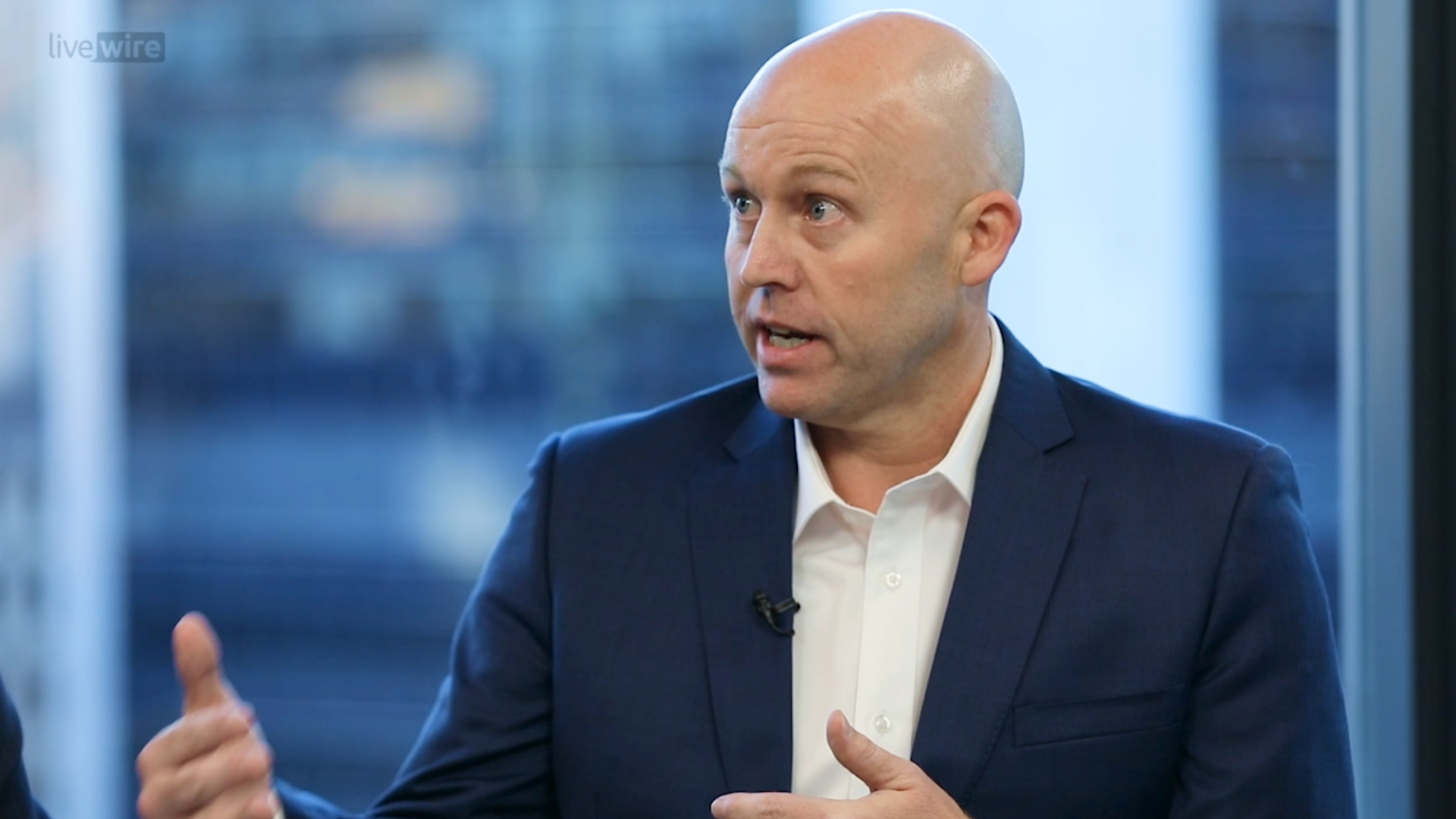Why this could be the “single best innovation for retirees”
A once-niche offering, the domain of the uber wealthy or institutions, jumped 35% in funds under management last year to $147.99bn in assets under management. That’s just in Australia and it’s worth highlighting that only a decade ago, this product type only housed $8.8bn in assets. It’s extraordinary growth by any measure, and is tipped to continue to rise off the back of a range of benefits for investors and advisers alike.
The product I’m talking about? Separately managed accounts (SMAs), a portfolio vehicle increasingly used by advisers for their clients.
For the unfamiliar, SMAs are an investment structure where you select a model portfolio of investments managed on your behalf by a professional manager, including options like direct shares, LICs, managed funds, ETFs, and you retain ownership over the underlying assets.
In light of the growing popularity of this investment vehicle, Livewire is running a mini-series to explain how SMAs work and what they might look like based on your goals such as growth or income. The series will conclude with a video interview with Hugh Robertson of Centaur Financial so be sure to send your questions ahead of the video by commenting on this article and others in the mini-series.
In this first article, I spoke to Robertson about the basics of SMAs, the benefits and negatives of them and the types of investors they might be suitable for. Centaur Financial has recently launched their own SMAs for their clients and Robertson is a huge proponent for them, having used the structure with clients for over a decade.

What are SMAs and how do they work?
When it comes to the idea of a managed account, there can be some confusion with managed funds, after all, both are managed by professional managers on your behalf.
In a managed fund, you own units as part of a larger pool. There isn’t always transparency and you can’t customise the fund to your needs.
In a managed account, you choose the investment strategy option you want and the portfolio is managed to that, but rather than your investment being units in the large pool, you directly own the underlying investments and have complete transparency.
SMAs are a type of managed account and represent 64% of all managed accounts in Australia, according to the Institute of Managed Account Professionals (IMAP). SMAs are usually created in conjunction with a financial adviser and has extensive regulation and governance in how they are operated.
“It’s typically built as a diversified portfolio across asset classes, and you can tailor it to your specific needs,” explains Robertson.
“You have the ability to lock in shares, substitute shares based on your views or incorporate a big existing holding, such as a Commonwealth Bank holding. Whereas in a traditional managed fund structure, you couldn’t incorporate your existing shares, you might have to sell them to buy the managed fund,” he adds.
The growing appeal of SMAs
Managed accounts have existed since the 1970s, though were largely for high net worth or institutional clients to customise their investments. These days, advanced technology and adviser education has made it more accessible and efficient to operate SMAs – and therefore more available to investors compared with the past. There’s been platform adoption too, such as through Netwealth and Praemium.
Robertson believes SMAs are very much the way of the future due to their myriad benefits to investors.
“Investors are becoming more sophisticated and educated. They desire more transparency and the ability to factor tax outcomes in their investments. SMAs offer that,” he says.
The 5 key benefits of using SMAs
The key benefits of the SMA structure include:
- Beneficial ownership
- Tax efficiency
- Customisation
- Management efficiency (and reduced admin)
- Transparency
While much of these benefits are self-explanatory, the concept of beneficial ownership and tax efficiency needs more detail.
Robertson explains, “beneficial ownership means rather than owning units in the managed fund, you actually own the direct investment. For example, in an SMA with Australian shares, you would own the shares and the cost base starts the day you own it. You get the dividends directed to you as well as franking credits.”
He notes that this structure can mean it’s easy to transfer an existing direct share portfolio into a separately managed account, particularly if you pick a model option that is largely similar. Over time, he has need to switch model options for his clients and has found picking similar strategies has made the process easy and tax efficient for his clients – they don’t need to sell or buy too many of their investments to fit with the new option. It’s a lesson he took into creating the newly launched models for Centaur Financial’s SMAs.
The concept of tax efficiency in an SMA comes back to the ability to customise the portfolio and choose whether or not particular stocks are sold at any given point in time.
“I can put sales blocks on certain stocks in specific portfolios. This means that even if the fund puts an order to sell that stock, the product provider for the SMA wouldn’t sell it. It allows you to control your CGT outcomes a bit more, say if you have a large holding with significant capital gains. You can access your franking credits and can control the buy/sell decisions more,” Robertson says.
The risks to remember
Robertson cautions that all investments are subject to market risks and when it comes to SMAs, you have a platform dependency which might offer risks.
“You need a platform provider with the technology and the ability to do what you need. Then you have investment manager risk based on the model portfolios you pick,” he says.
SMAs aren’t the right solution for everyone either, with Robertson saying you wouldn’t look at them for a portfolio under $250,000 because it becomes less useful and more expensive compared to other options.
He notes they aren’t a one-size fits all either and for some clients, they operate best as a core part of a portfolio with funds outside of the SMA in satellite investments.
Who can use an SMA
SMAs typically suit investors with a delegator mindset – that is, they are happy to outsource to an expert but still want some tailoring and transparency.
It can be suitable for growth investors to retirees, with Robertson explaining he typically puts retirees into a few model portfolio buckets so he can manage sequencing risk, longevity risk and inflation risk.
“I’d put retirees into three options so in bad markets, I can sell from my most defensive option rather than losing growth assets and therefore manage their future returns,” he says.
In fact, Robertson argues that “SMAs are the single best innovation we’ve had for retirees. Being able to build shares in there, customise it, offer income streaming, manage retirement risks and allow for tax optimisation is second to none.”
It’s certainly food for thought in uncertain times, and with more options and platforms offering access and more financial advisers enthusiastically using this investment structure, chances are it’s something you’ll have to assess sooner or later for your own investments.
Look out for the next part of the series where Hugh Robertson discusses building growth portfolios in an SMA structure and don't forget to let us know your questions for the upcoming video interview with Hugh in the comments below.
2 topics

